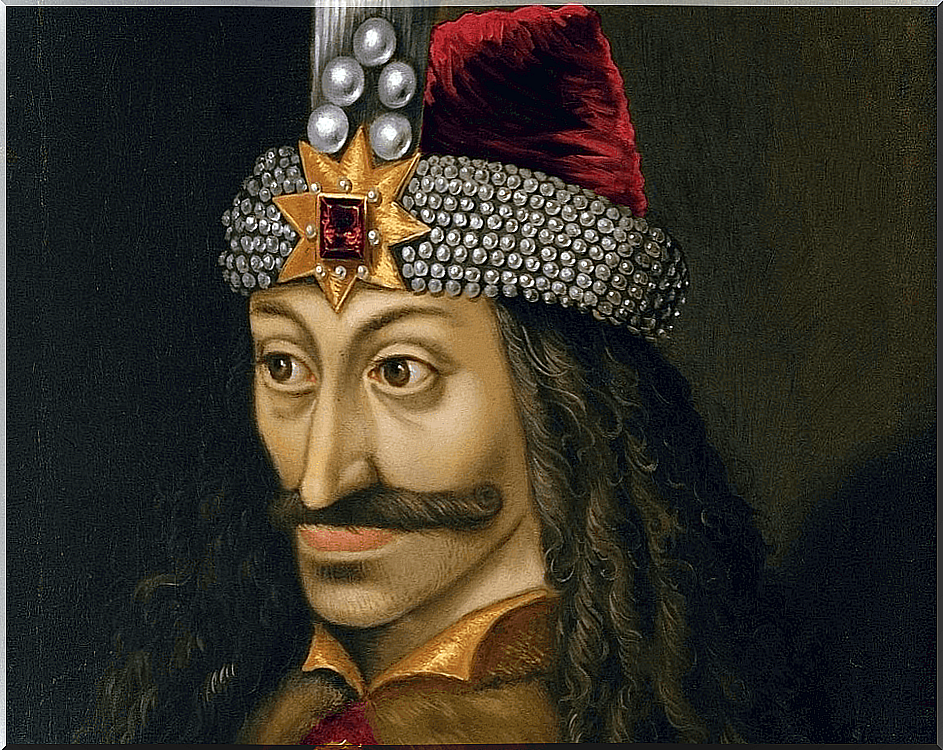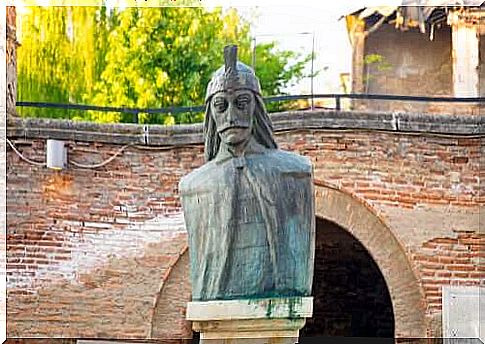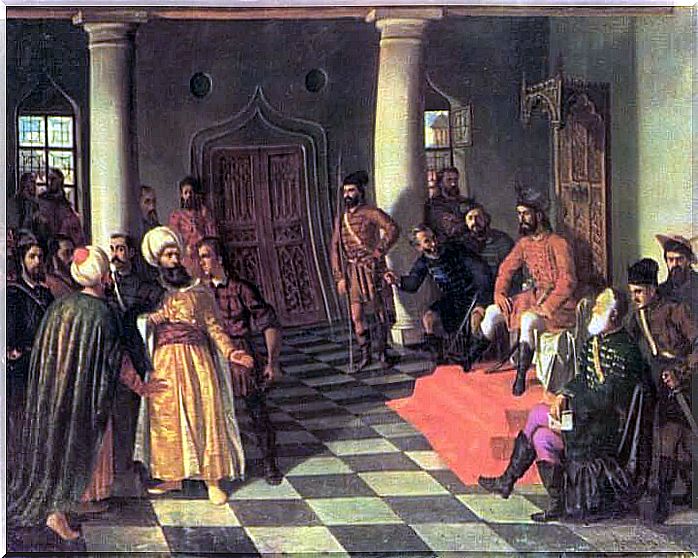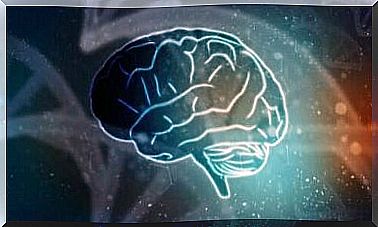Dracula, Between History And Legend

In 1897, the Irishman Bram Stoker published in London the novel “Dracula”, a work that entered the literary history and established the legend of the famous vampire. The tale is obviously fictional, but its inspiration has haunted researchers for decades. Was there a character so infamous and sadistic that it could be compared to a vampire? We’ll never know for sure, but there are indications that Stoker chose a Romanian national hero for inspiration.
More than four centuries before publication, Vlad Tepes, son of Vlad II Drakul, was born in Sighișoara, Wallachia. His father’s nickname refers to the Order of the Dragon, of which he was a member. In time, his son would be nicknamed Dracula, son of the dragon or demon, from which Stoker’s “Dracula” came from. His biography is emotional, and his parallels with the vampire Count are evident.

Wallachia, the frontier of Europe
Wallachia is a region of the Balkans that occupies the center of present-day Romania. In the 15th century, it was part of a set of territories disputed between the Holy Empire and the Ottoman Empire. For practical purposes, it constituted a frontier of Christian Europe against Islam.
Court intrigues and betrayals were a constant in Vlad’s life, as well as alliances and clashes with his Ottoman neighbor. As a child he was handed over as a hostage to the Turkish court, at which time he would learn of the torture that characterized his government, impalement.
The truth is that access to the throne of the principality inherited from his father was not easy. Despite Turkish support, his opponents expelled him in the same year of his inauguration.
In a complicated balance of powers, he would regain the throne in 1453, five years after his expulsion, only to lose it again in 1461 and regain it briefly ten years later. During this period, he lived a captivity at the hands of his enemies, changing support from Moldova, Hungary and Turkey and even a change of religion for political interests.
Dracula’s cruelty
If Vlad Tepes was known for anything in his day, it was the punishment he most often applied, so much so that it earned him the nickname Vlad the Impaler. The frequency with which he practiced this torture was such that it is estimated that, in a territory of half a million inhabitants, he impaled eighty thousand, including the captured Turks. This undoubtedly contributed to his fame, even punishing entire cities for an unsolved crime.
The chronicles of the time say that a sultan who was preparing to attack Wallachia withdrew when he saw the forest of stakes, not wanting to face the devil himself. It wasn’t his only achievement; in the 1461 campaigns he burned crops and poisoned many wells to defeat his Turkish rivals. After impaling many of his prisoners, he decided to send two bags of noses and ears to the king of Hungary.
The tragic end of his wife, who committed suicide during a Turkish attack, and the humiliating death of Dracula at the hands of a traitor must have fueled Bram Stoker’s imagination. Few historical figures have such a turbulent history or have been so relentless in maintaining power.

Vlad the vampire
Many researchers agree that Stoker was not the first to equate Dracula with a vampire. These creatures are common in Slavic and Balkan tradition. They represent the quintessence of cruelty and, like their pseudonym, are related to dragons or demons.
The lack of a tomb contributed to the creation of the myth. Although he was supposedly buried in Snagov, the truth is that his body was never found.
Dracula’s teaching
As good literature does, this novel has the ability to make us reflect on the reality of fiction. The description of the character and its historical counterpart fits perfectly with that of a psychopath.
Moral interpretations of the past may be useless, but Dracula’s story is still, fundamentally, a biography of human cruelty. Even in the bitterest episodes in history, we can learn fascinating lessons.
No doubt Vlad Tepes never practiced vampirism, not literally, but his government, like that of many princes of his time, fed on rivers of blood.









